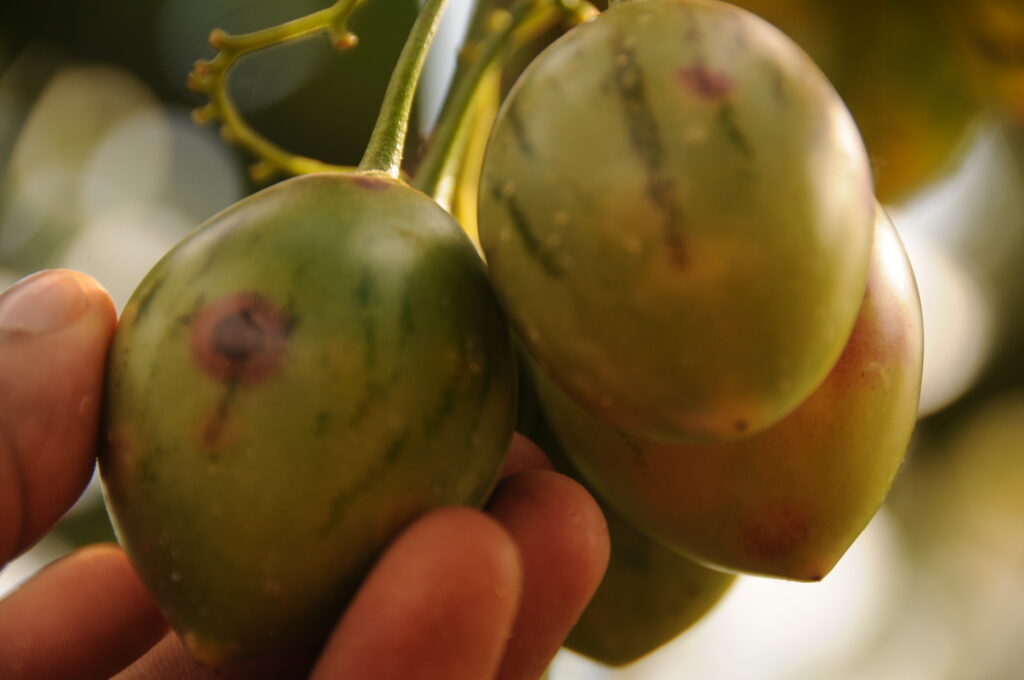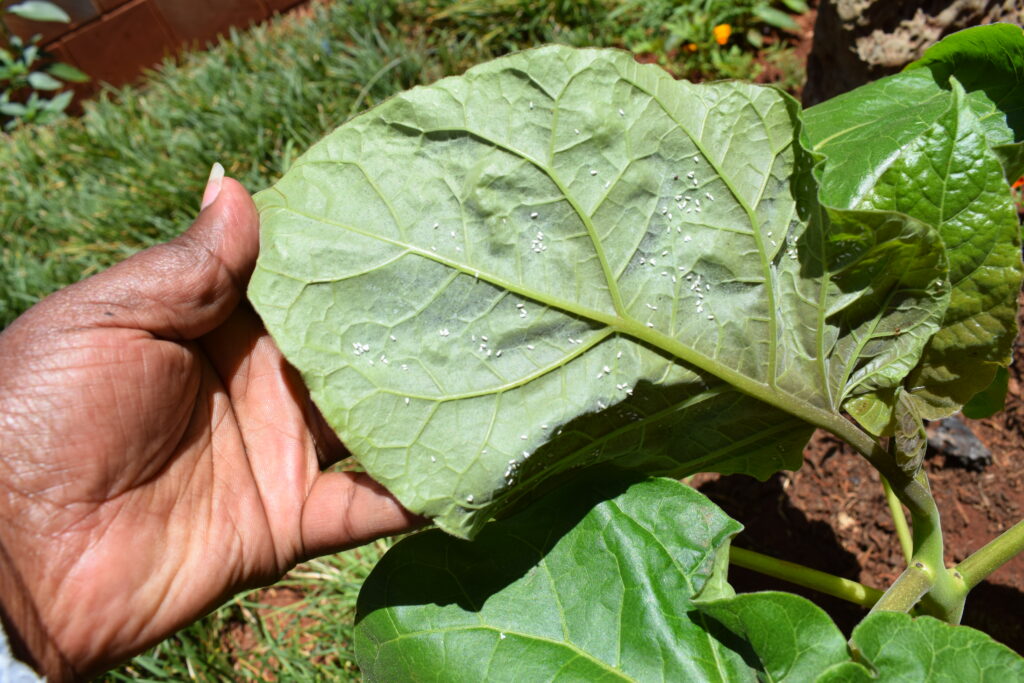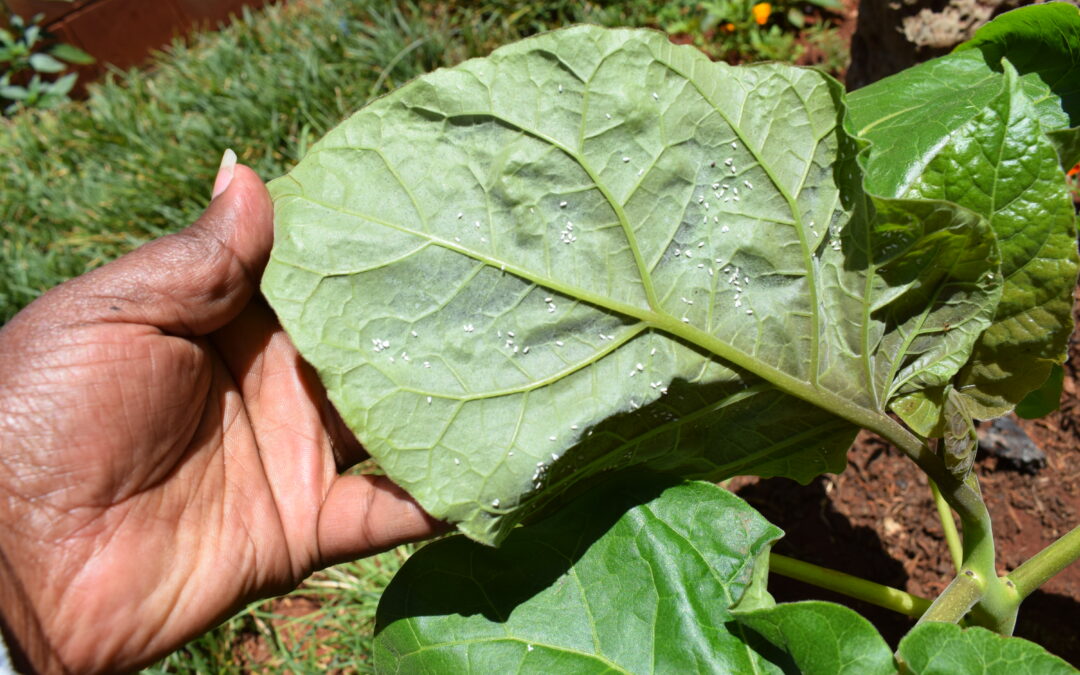Researchers have found that Rwanda’s agroforestry and restoration initiatives are threatened by invasive pests and diseases. They call for the issue to receive more attention.
By Sheillah Cherotich
Agroforestry practices are widely accepted as a sustainable strategy to reduce pressure on forests, and a means to increase tree benefits for communities in Rwanda. But the cultivation of exotic and native trees on farms is facing increasing threats from pests and diseases – across the country and beyond. Climate change dynamics have accelerated the threat of bio-invasion; the magnitude of this challenge in the future will depend on agroecological conditions, and on adaptations to farm management plans. The potential implications are most concerning for the African landscapes that are already challenged by weak intervention capacity, fragmented ecosystems, and porous international borders. According to Sammy Carsan, Technical Lead for the Regreening Africa Programme, bio-invasion could exacerbate biodiversity loss and the food crisis, and slow adoption of much-needed agroforestry technologies in countries such as Rwanda, where most smallholders currently make use of just a few exotic tree species.
Field observations and literature reviews indicate that both indigenous and introduced tree species in Rwanda are affected by native and non-native pests, which disrupt the profitability of agroforestry technologies, reduce benefits from trees, and discourage investment in tree planting. A 2017 Food and Agriculture Organization of the United Nations (FAO) survey on eucalypt health reported five new invasions: bronze bug, eucalyptus gall wasp, red gum lerp, eucalyptus snout beetle, and blue gum chalcid. Other pests reported previously on the plant include eucalyptus borers and eucalyptus lice.
 Anthracnose (a fungal disease that causes dark, lesions) on Tamarillo, commonly known as the tomato tree. Photo: CIFOR-ICRAF/Sheillah Cherotich
Anthracnose (a fungal disease that causes dark, lesions) on Tamarillo, commonly known as the tomato tree. Photo: CIFOR-ICRAF/Sheillah Cherotich
In 2021,CIFOR-ICRAF Germplasm health unit carried out a preliminary health assessment on pest and disease threats for key agroforestry tree species in the country, following reported concerns by World vision Rwanda implementing Regreening Africa project. The survey revealed several critical threats (see figures 1, 2, and 3). Mealybugs, for instance, were found on Markhamia lutea (umusave), Mangifera indica (umuhembe), and Manihot esculenta (inyumbati), among others. Canker and termites were observed to threaten cultivation of Grevillea robusta (gereverya); aphids on citrus (indimu); and white flies and potyviruses on tree tomato (ibinyomoro), among other pests.
The assessment makes clear that more comprehensive baseline and quantitative studies are required to document pest and disease status in the country and develop tree health management strategies. However, the perceived importance of tree pests and diseases in Rwanda remains limited, a fact that constrains the development of mitigation strategies. This could be partly due to the dearth of specialists in forest pathology and entomology. These capacity gaps complicate plans to devise intervention measures to combat this threat and patch up pathways of disease introduction. There is a need for synergies at both regional and national levels to build capacity on country preparedness and border surveillance.
 Whiteflies on Tamarillo leaves. Photo: CIFOR-ICRAF/Sheillah Cherotich
Whiteflies on Tamarillo leaves. Photo: CIFOR-ICRAF/Sheillah Cherotich
Through the assessment, several recommendations were proposed to incorporate specific interventions to protect tree health. These include:
- undertaking baseline studies to understand pest and disease impacts on the development of sustainable rural livelihoods. This will help inform tree health strategy by reflecting on the needs and demands of tree growers.
- strengthening capacity for national institutes to undertake pest surveillance, document pest and disease prevalence in agroforestry, and develop health management plans.
- mobilizing stakeholders in pest and disease management initiatives, to improve delivery of management strategies and include local knowledge.
Pests and diseases can disrupt ecosystems, and their impact can negate restoration efforts by causing environmental ‘shocks’ which may be exacerbated by climate change. There is a need for adaptive interventions at a range of scales to address emerging biotic threats to the local resources upon which so many of Rwanda’s communities rely. Integrating tree health into all agroforestry-based strategies is the way of the future!
This story was produced with the financial support of the European Union. Its contents are the sole responsibility of Regreening Africa and do not necessarily reflect the views of the European Union.

